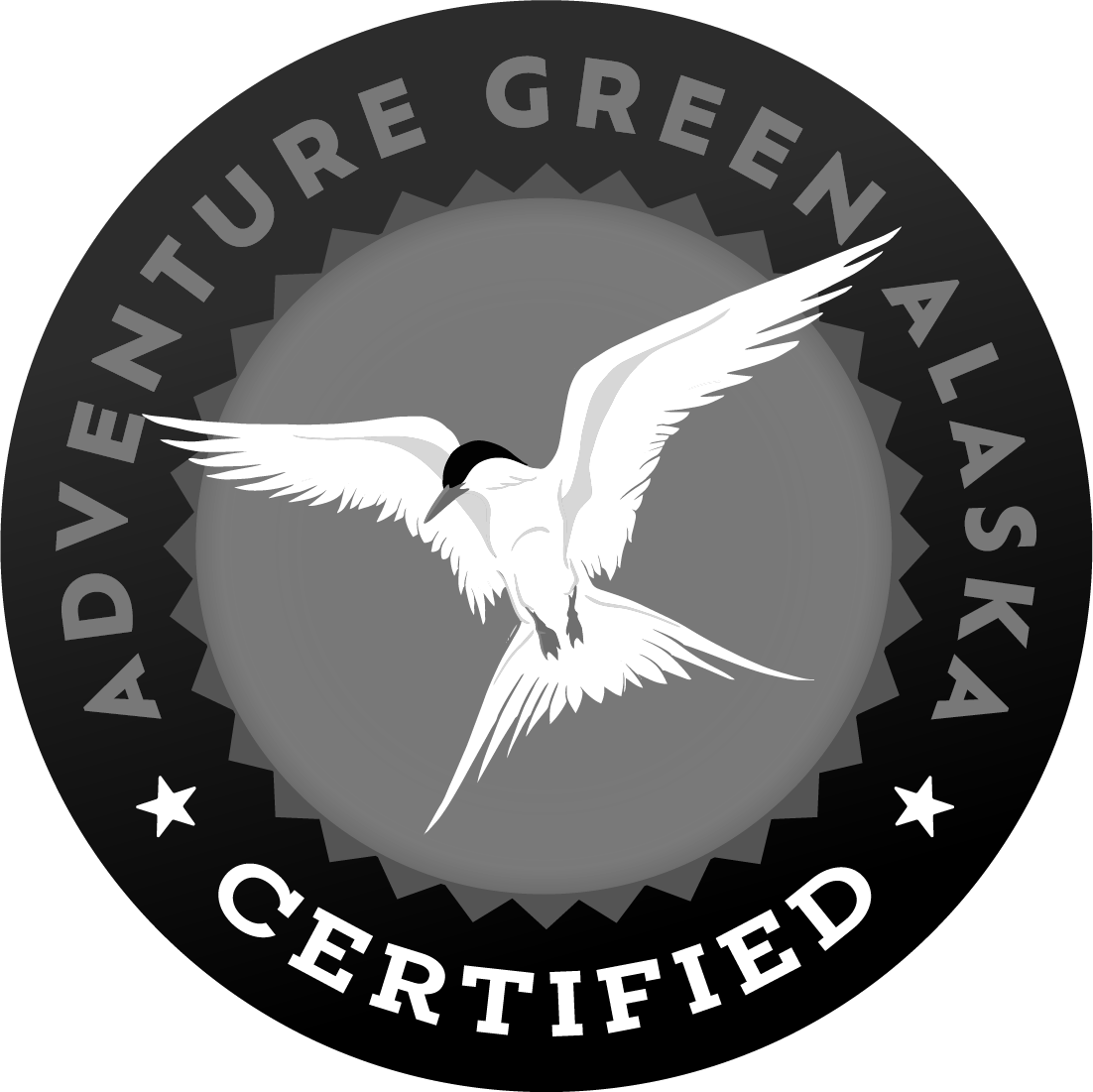I’m outside at 35 below zero, following the darting, winding trail of a snowshoe hare through the alders and spruce. I’m no glutton for pain, that’s not why I’m out here. I only left the house for the purpose of plugging in my car’s block heater. But the light was so alluring, so enigmatic, I couldn’t sprint back inside just yet, so I wandered down the hillside from my cabin to survey the scene a bit.
And so, here I am twenty minutes later, ice quickly forming on my mustache, beard, eyelashes, and all the tiny hairs on my upper cheeks (the ones I didn’t even know I had until they started freezing). My head is down close to the ground, and I’m staring at hare tracks. They appear fresher than the others I’ve seen lately; the hoarfrost, so fast to coat every available surface in its lacy filigree, is barely noticeable at the bottom of the print. Softball-sized lynx tracks bound across the hillside in leaps of eight to ten feet, and intersect with the hare trail right where I’m standing. They too appear fresh—though, realistically, “fresh” could be twelve hours or three days ago. Of course, it’s much more exciting to imagine that I just missed the action. So I trudge on, following the chase, sure that around the next bend I will catch up to them.
Meanwhile, the associative part of my mind jumps from hare tracks to a new book I have just read, Why Geography Matters: More Than Ever, by Harm de Blij. He suggests that time spent reading a map should be the equivalent of reading a whole page of text. But I wonder, if we spend that much time on a map, then how much time should we spend in consideration of landscapes themselves?
After all, landscapes are the ultimate inspiration for maps, the basso profundo intoning the primeval song of geography. It was curiosity in the landscape that urged the early Greek scholar Eratosthenes to measure the Earth’s circumference; it was deep interest in the land that drove Alexander von Humboldt on his revelatory 19th-century explorations across Europe, Russia, and the Americas.
And it is my need to know what’s going on in my backyard that has me out this afternoon, wind chilling my fingers as if I’d plunged them into ice water. Ten feet past where the lynx intercepted the trail, the snowshoe prints dart left, then right, through an alder thicket, under a low-hanging spruce bough, then it spins wildly around the tree trunk to head straight uphill—but only for one step, then darts right again, in evasive maneuvers worthy of “Top Gun.” Meanwhile, the lynx gave up the chase a while back, only twenty feet after it began. No meal was had today.
Examining its tracks, I’m amazed at the ingenuity of the hare’s escape route. In the one instant available to make a decision, and given the slope of the hill and layout of plants, it chose what looks like the optimum path, the route that would cause most trouble for the lynx and provide that half-second of breathing room needed to make a break for it. But surely it didn’t have that escape in mind the whole time it was hopping along.
Or did it? We don’t know what goes on in the mind of a snowshoe hare. How does it see the landscape? What does it know about the land that we don’t? We have no answer for such questions. Of course, we can study and learn its habitat needs, the food it eats. And we can make guesses, perhaps very good ones, about its forage and survival strategies.
In the end, though, we may never look inside its head, never be able to ask, in a language it will understand, “When you look at this hillside, what do you see? What do you think about a clump of grass, a fallen log? Will you show me your mental map?” Such knowledge is the wisdom of the hares. All we can do is watch, wonder, and follow the trail, wherever it may lead.






